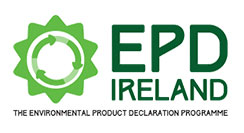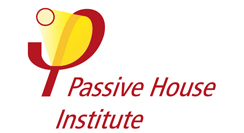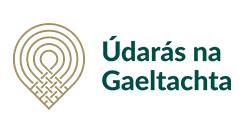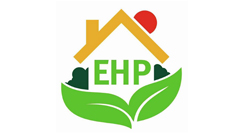World Ventil8 Day – 8th November
World Ventil8 Day aims to raise awareness of the importance of ventilation as a crucial part of enabling health and wellbeing of people. It also seeks to recognise and celebrate the ventilation and indoor air quality community.
What is ventilation?
Ventilating and cleaning the air in buildings is a crucial part of enabling health and wellbeing of people. But it is so often ignored or poorly understood – and we usually only notice when there is a problem.
Good ventilation can reduce exposure to air pollutants and infectious diseases, help us to perform better and be more productive, enable us to sleep better, and reduce mould and damp in buildings.
Good ventilation is part of creating a sustainable and low carbon environment, by using technology well to balance air quality, energy use and comfort.
Did you know?
- Ventilation helps you sleep
A study from Denmark showed that participants who had better ventilation in their bedroom had a better measured sleep quality and were able to concentrate better the next day.
- Ventilation can reduce respiratory infection
Studies in an army barracks and a nursing home in the USA have both shown lower respiratory illness prevalence in buildings with higher ventilation rates.
- Ventilation is good for your building
Buildings with better ventilation have less issues with damp and mould, which improves human health and reduces damage to building materials.
- Ventilation reduces sickness absence
A study from California showed a significant association between higher ventilation rates and lower sickness absence in schools. So, improve your ventilation and increase attendance.
- Ventilation helps you perform better
Ever get that sleepy feeling in a meeting, office or classroom where you just can’t concentrate? It’s quite likely that it is the build-up of carbon dioxide and pollutants due to poor ventilation. Many studies show that better ventilation can help concentration, productivity and performance.
- Ventilation reduces exposure to pollutants
Indoor pollutants are caused everyday by cooking, cleaning, building materials and furnishing. Ventilation lessens exposure to these particles and Volatile Organic Compounds (VOC).
- Ventilation improves sick building syndrome
A study from the USA which put UV lamps in the ventilation system in an office build to control biological pollutants and showed a reduction in symptoms in the office occupants.
How do you ventilate a building?
Buildings can be ventilated in a multitude of different ways depending on the age, design, location and purpose of the building. Natural ventilation uses windows, doors and other openings to allow airflow through a building that is driven by the weather – the wind or by temperature differences. Mechanical ventilation uses technology to enable airflows and ranges from a simple extract fan such as in a bathroom, through to complex ducted systems that provide air to a whole building. Alongside ventilation, there are a range of technologies to heat, cool or clean the air that can also be used to provide good indoor environments.
ProAir Heat Recovery Ventilation Systems is Ireland’s only manufacturer and industry leading specialist of Mechanical Ventilation with Heat Recovery (MVHR) systems. We design, supply, install and service systems throughout Ireland, our nZEB qualified, professional team provide an end-to-end service to ensure your home will be healthy, comfortable and energy efficient.
Call us for a quote today +35391739442 or email sales@proair.ie
to find out more about Worldventil8 Day visit https://www.worldventil8day.com/






